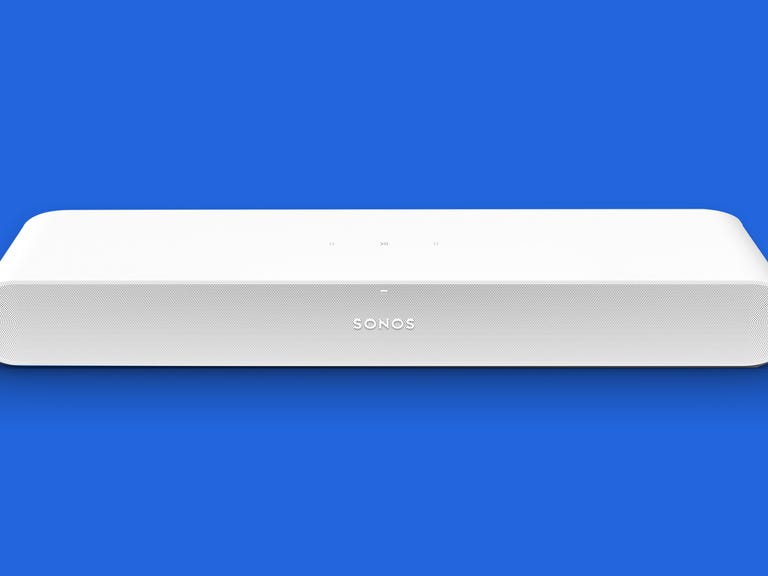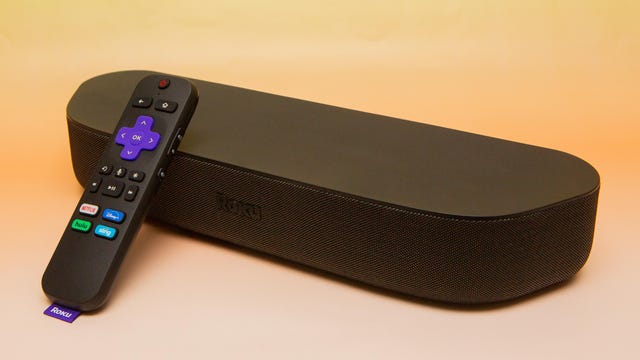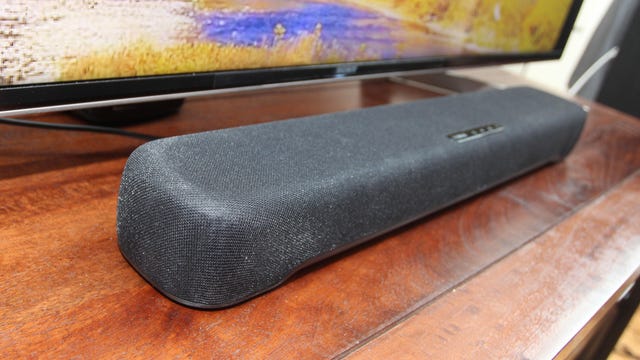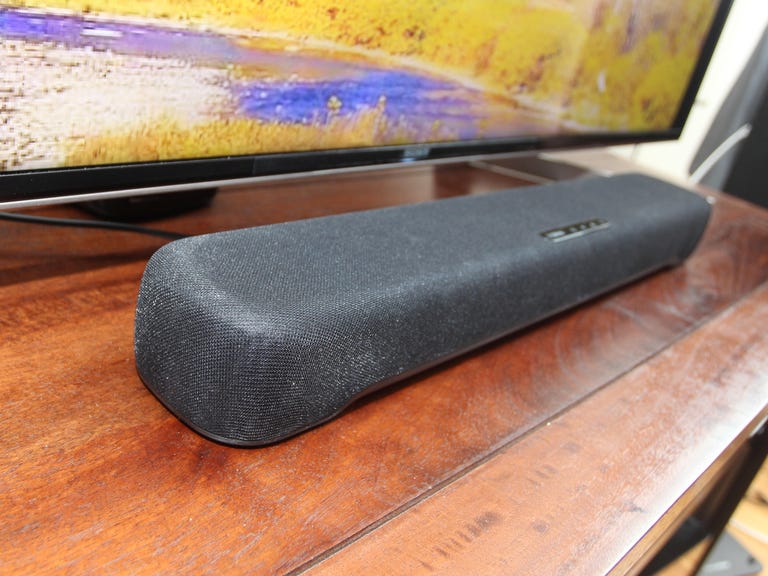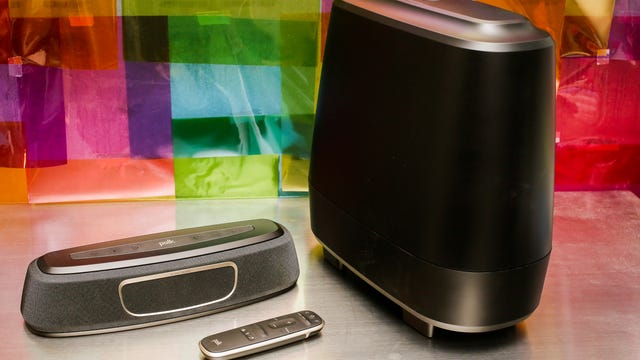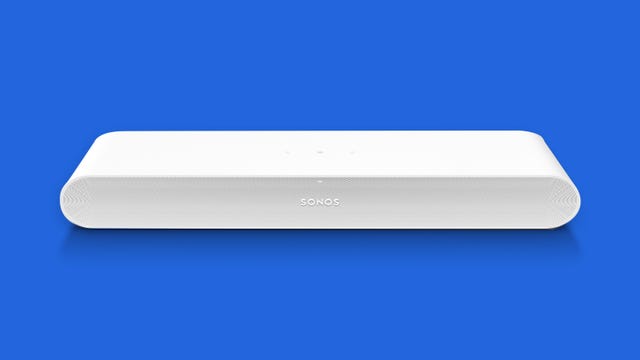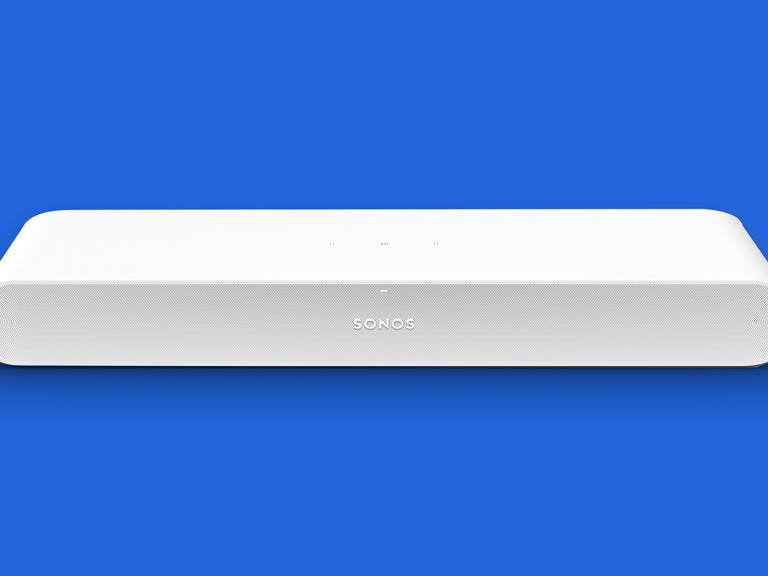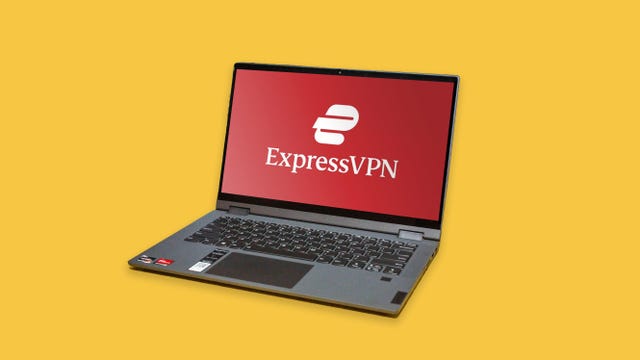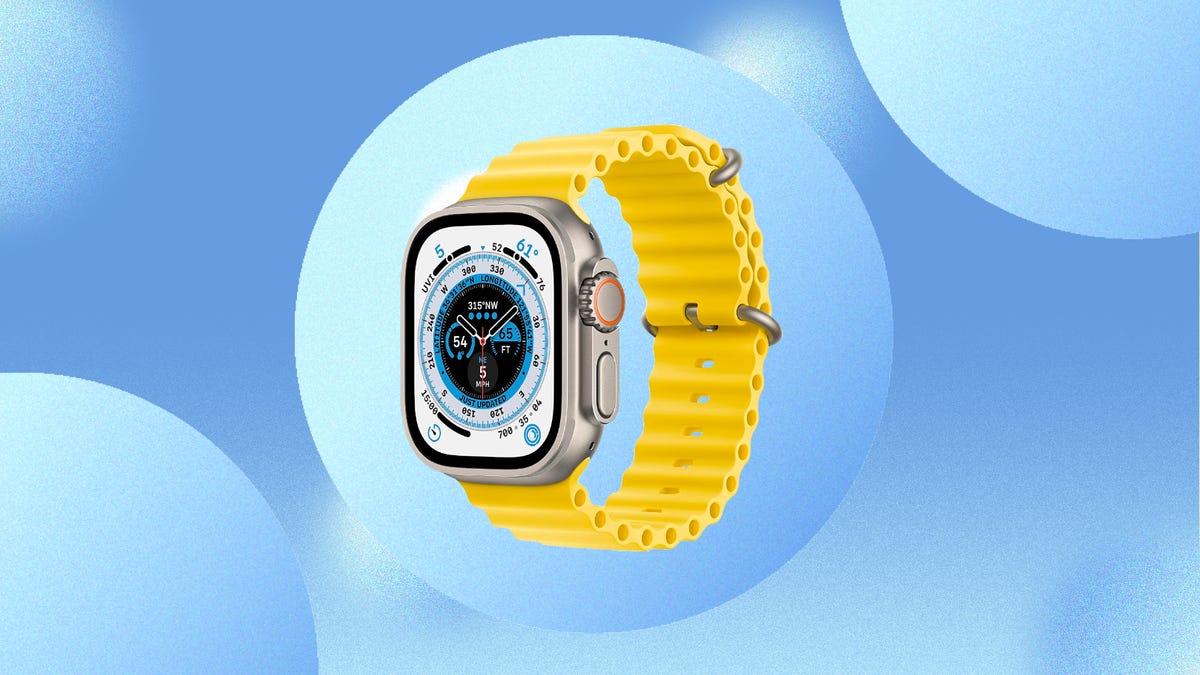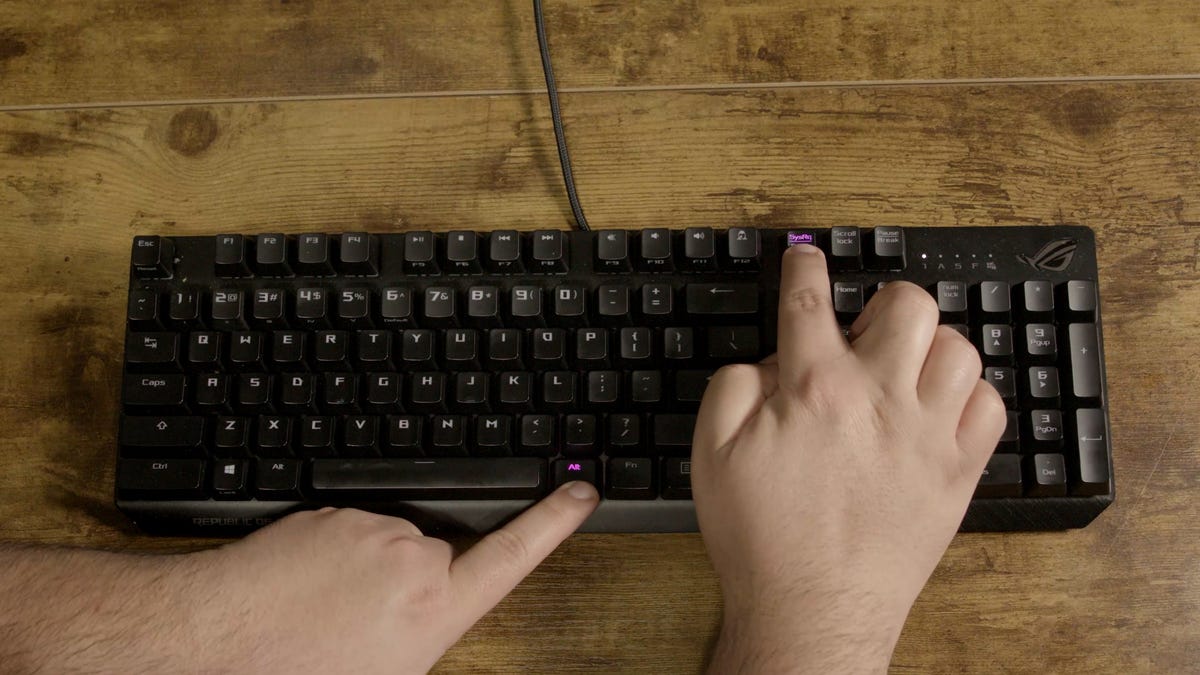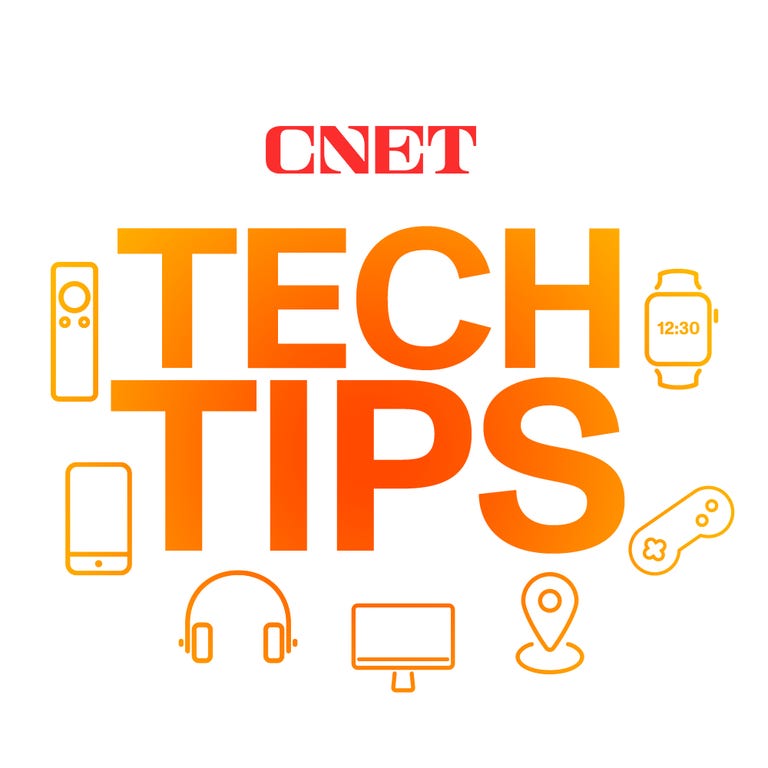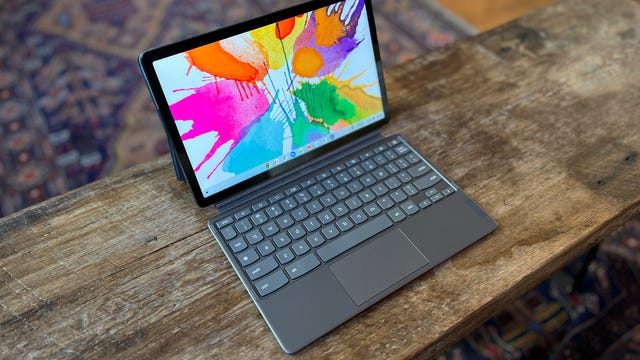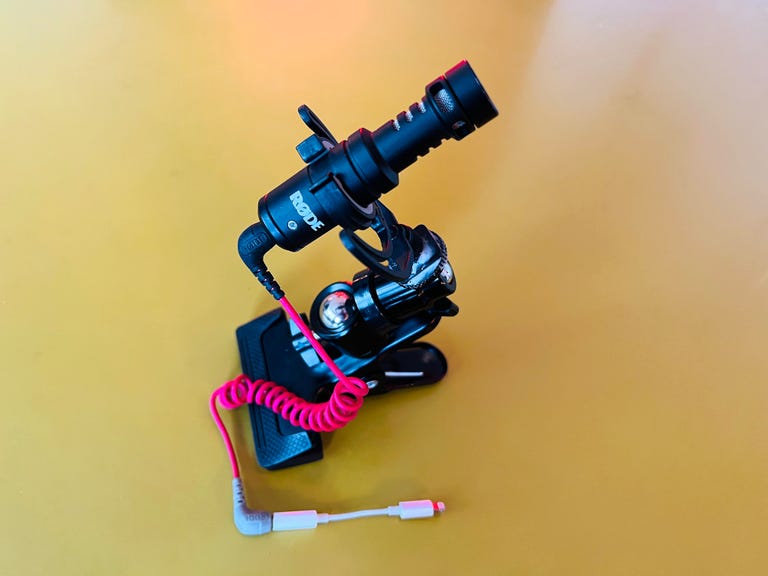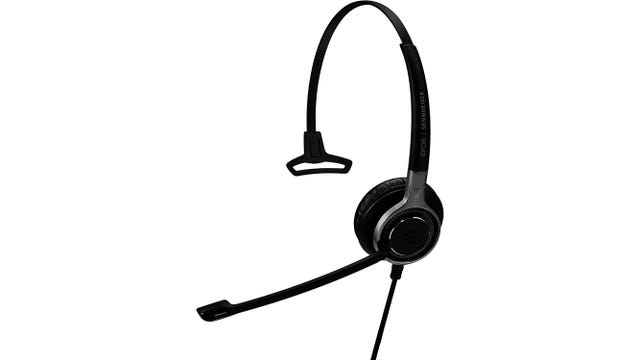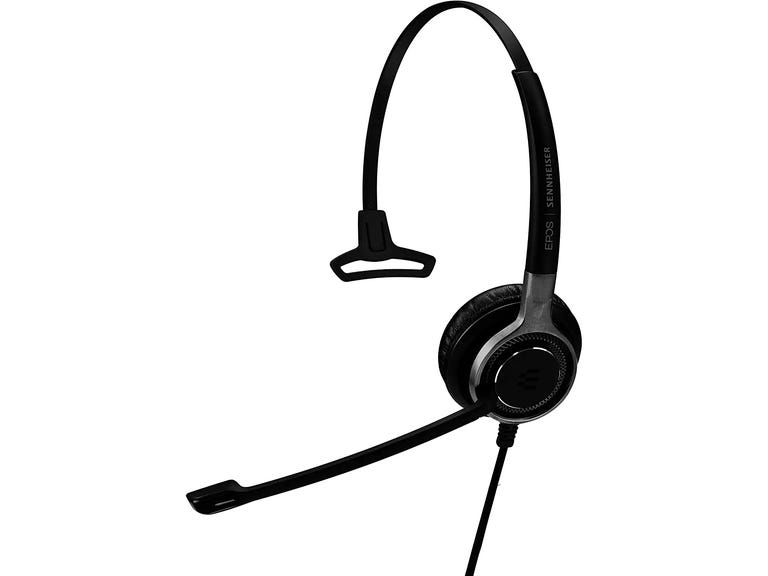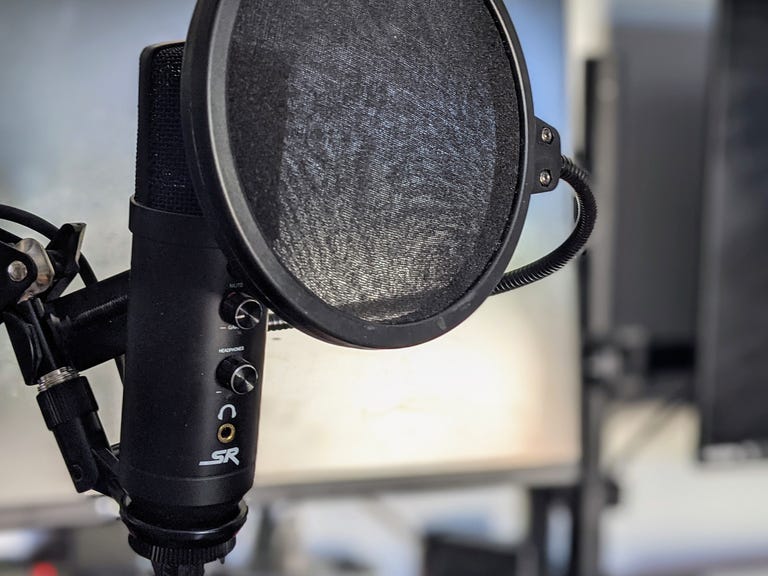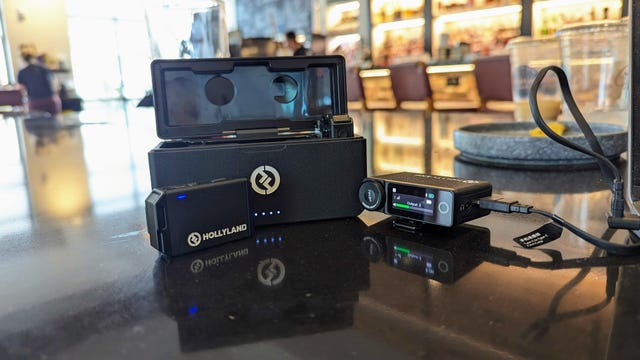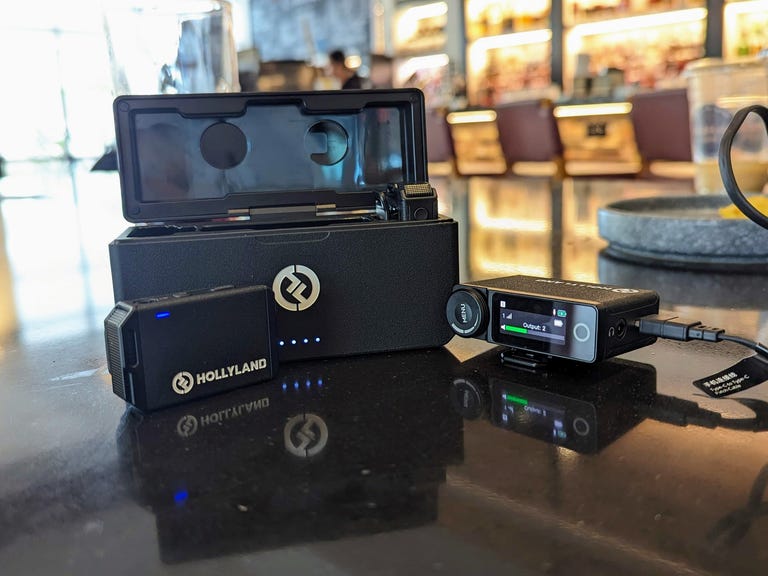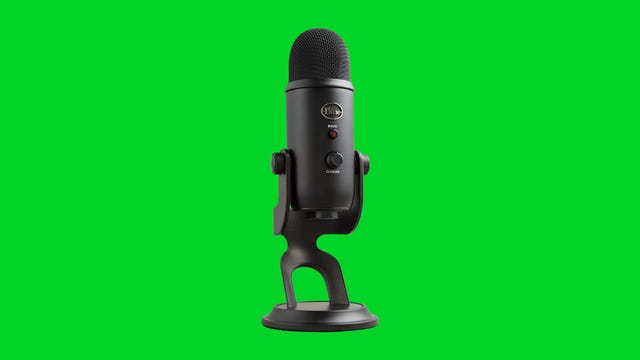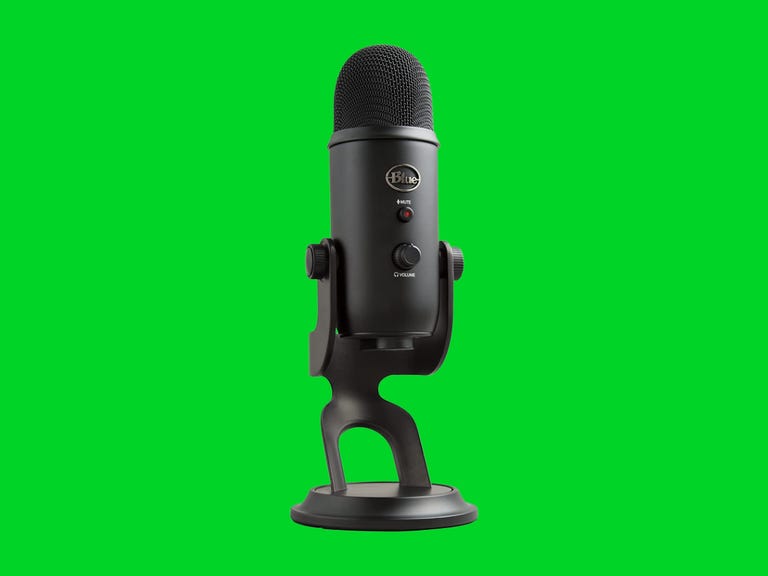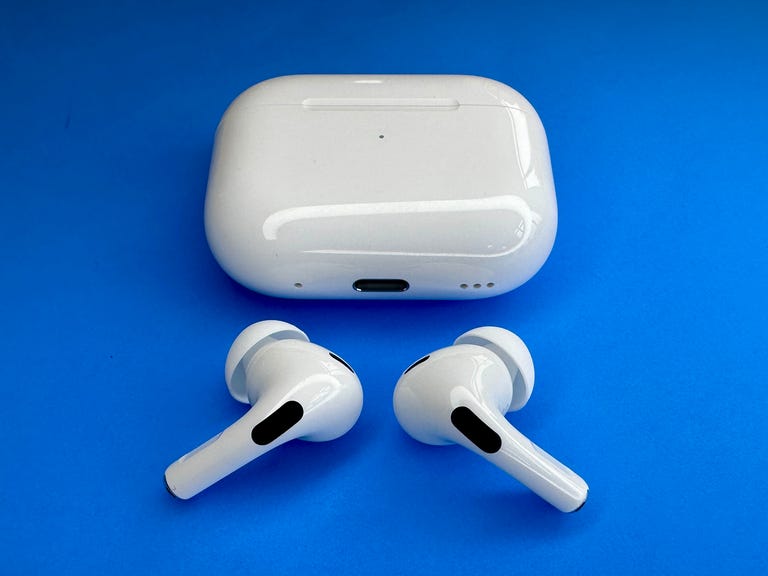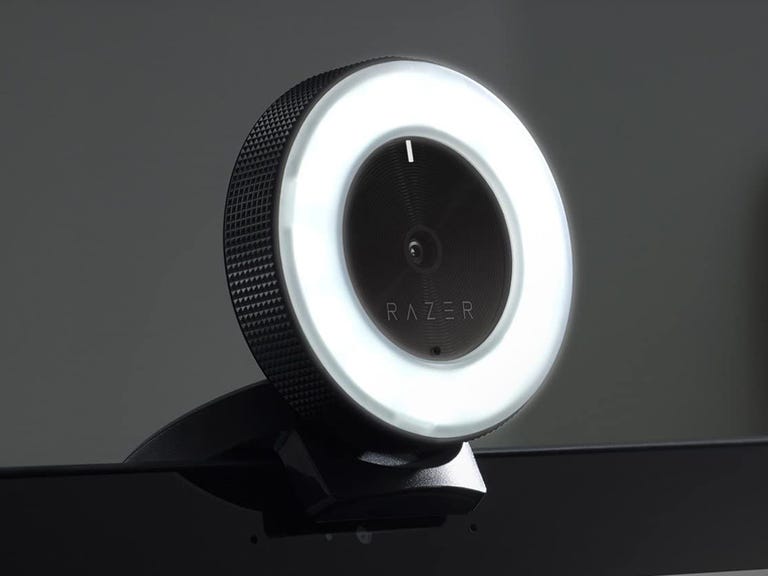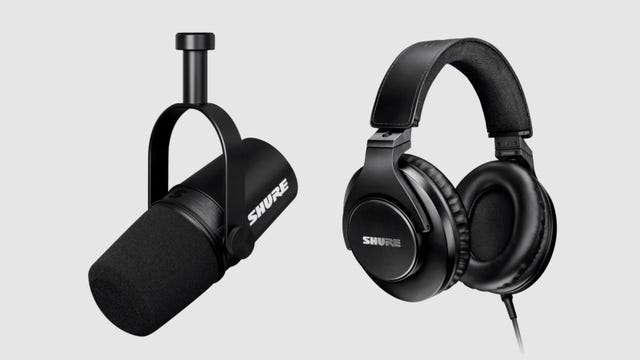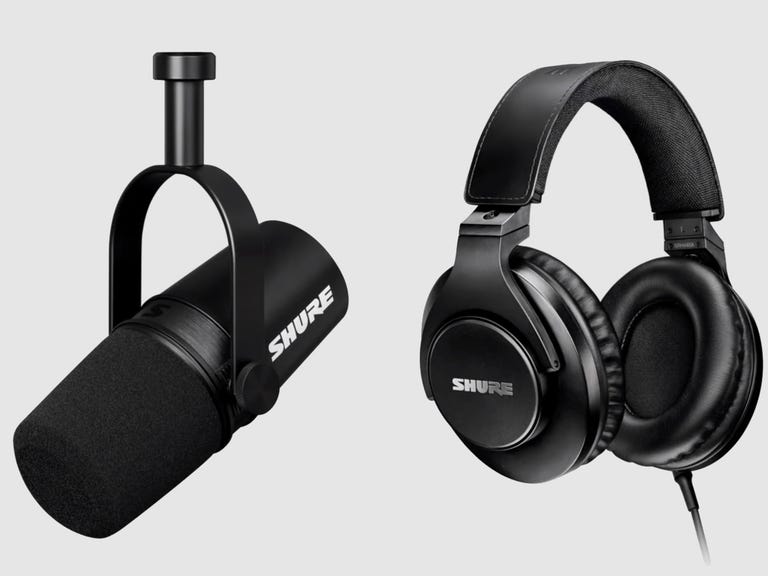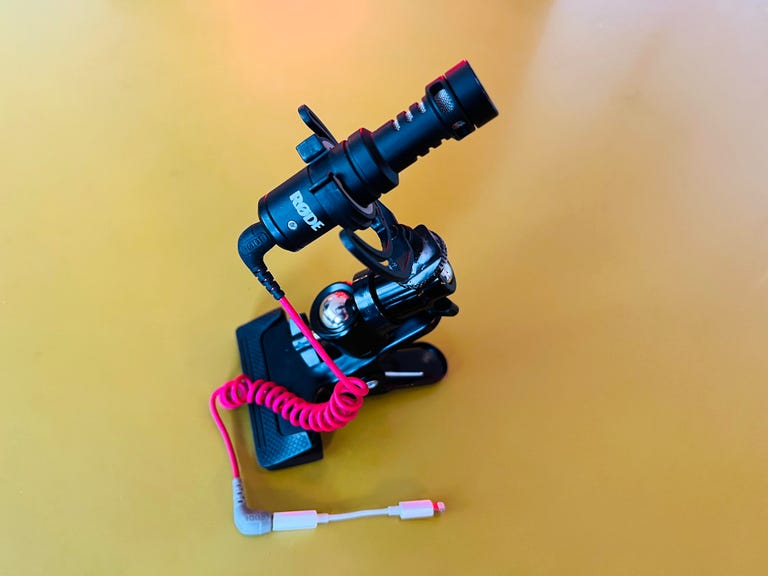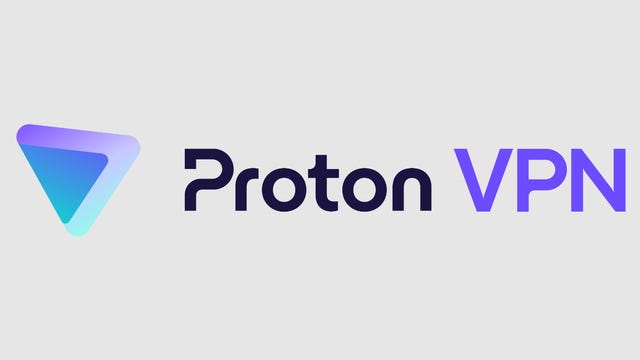They get by with a little help from… artificial intelligence? A recently finished recording that’s being called the Beatles’ last song was released Thursday at 7 a.m. PT. Yes, those Beatles. The iconic band that broke up more than 50 years ago. It’s another sign of how AI is being woven more and more into the fabric of our lives.
As I reported in June, the song, called Now and Then, was written and sung by John Lennon shortly before he was murdered in 1980. Lennon sat at a piano in his New York apartment in the Dakota and recorded the rough track onto a boom box.
Paul McCartney received the demo tape in 1994 from Lennon’s widow, Yoko Ono. The surviving members of the Beatles tried to record the song in the mid-1990s, but quality issues forced the band to shelve that idea, even though McCartney praised Lennon’s singing and the tune’s “beautiful verse.”
The Beatles who survived Lennon worked on the song over the years. George Harrison died in 2001, but McCartney and Ringo Starr continued the work.
For its release now, a double A-side single pairs Now and Then, apparently the last Beatles’ song, with the very first one, the band’s 1962 debut single, Love Me Do. In a press release, the surviving Beatles call this “a truly fitting full-circle counterpart.” A music video for the new song is set to premiere Nov. 3.
Listening to the song now, decades after Lennon’s death, brings on a wistful, slightly sad feeling. Two of the Beatles are gone, and hearing Lennon sing from beyond whatever veil separates us is a little unnerving. With all the modern advances in technology, the one thing we can’t do is bring back our departed loved ones — and yet, that’s something like what’s happening here. Lennon’s voice wasn’t faked: It’s him, singing away, and the technology just clears things up, giving a famed singer one final song.
It may be the least controversial use of AI in the music industry.
Over the last year, we’ve witnessed the rapid and breathtaking arrival of generative AI, best known in its ChatGPT form, which responds to the prompts we give it with startlingly humanlike answers. It’s hardly the only kind of AI out there, but it’s stirred anxiety over potentially dire scenarios — will it replace writers, artists and musicians? — as much as it’s been heralded for the good it can do.
But AI in its other forms has long been toiling away out of sight and largely in uncontroversial ways. It does things like process photos on your smartphone or give you wording prompts when you’re texting. It’s also an emerging tool for making music.
What’s been happening with AI and music
AI is increasingly being used in the music industry, though not everyone is a fan. In 2023, singer-songwriter Nick Cave called an AI song written in his style “grotesque mockery.” But others, including musician and filmmaker Tayrn Southern, who spoke to CNET in 2022, are intrigued. Southern used the technology to create her 2018 record I Am AI. An artificial intelligence program wrote the music, with Southern contributing lyrics and melodies.
The debate about how AI will shape the future of music is getting harder to avoid. Time magazine this summer rounded up its list of the 100 most influential people in AI and included two musicians. One of them, singer-songwriter Holly Herndon, created a vocal deepfake of herself, Holly+, in 2021. She extensively trained a neural network on her voice, and the result can now be used by other artists.
Indie artist Grimes also made the list. This year, Grimes released AI software called Elf.Tech that lets other people “sing through her voice.” Time says she “encouraged musicians to release songs using it, provided that they split royalties with her.”
The fact that music is so deeply personal to fans may help create a strong resistance to even the very word “artificial” coming anywhere near this art form that means so much to so many. But we can hardly avoid it any longer. Now big league players such as the Beatles and the Grammy Awards have become involved, and it’s no longer as easy to dismiss AI in music as emotionless and robotic.
The Beatles song: AI to what degree?
McCartney told the press in June that an AI program was used to separate Lennon’s vocals from the background noise to clean up the sound. He credited Lord of the Rings director Peter Jackson, who worked with McCartney on the 2021 Beatles documentary series The Beatles: Get Back. McCartney specifically said Jackson used AI to “extricate John’s voice from a ropey little bit of cassette.”
Beyond that, the details get a little fuzzy. A story in The New York Times digs down, reporting that the specific audio technology used was WingNut Films’ machine audio learning, known as MAL, which was what Jackson tapped to isolate musical elements in the Beatles documentary. (Machine learning, in which computers recognize patterns on their own, is one element of AI.) Herndon, meanwhile, suggested in an AP story that the work on the song involved “source separation,” which, she said, “has become much easier with machine learning.”
And as the Times noted, no artificially created sounds were used to represent Lennon’s voice or piano playing — instead, the technology was simply used to clear up the original performance.
Musical uses of AI
Another song made the news recently and stirred a deeper debate about AI in music.
The song Heart on My Sleeve, released in April by an anonymous creator who uses the name Ghostwriter, used AI to mimic the vocals of Drake and the Weeknd. This is probably more along the lines of what most people think of when they hear about AI and modern music. Neither of the stars whose voices were mimicked had anything to do with the song.
Even still, it wasn’t as though an AI engine ingested songs by Drake and the Weeknd and just spat out a copy. Heart on My Sleeve is mostly original, written and recorded by humans. AI vocal filters, however, were indeed used to imitate the voices of the two musicians.
A representative for Ghostwriter said, “Ghostwriter attempted to match the content, delivery, tone and phrasing of the established stars before using AI components.”
The Grammy Awards complicate matters
The Ghostwriter song might not have made waves, except for the fact that Recording Academy CEO Harvey Mason Jr. first told the Times that the song would be eligible for Grammy consideration, and then he backtracked.
Mason Jr. first said that “as far as the creative side, it’s absolutely eligible because it was written by a human.” But days later, Mason said on Instagram that the song wouldn’t qualify because the vocals weren’t cleared by the label or artists, weren’t “legally obtained,” and the song itself wasn’t commercially available. (Back in April, Universal Music Group, the parent company of the Weeknd and Drake’s label, requested it be pulled from major streaming services.)
But the Grammys ballot came out in October, and the Recording Academy confirmed in an email to CNET that Heart on My Sleeve was indeed on it. Ghostwriter told Billboard that a new version of the song that didn’t use AI voice filters was uploaded to streaming services just days before the award-eligibility cutoff.
Musical opinions differ on AI
McCartney himself has admitted he’s a bit wary of AI.
“I’m not on the internet that much, (but) people will say to me, ‘Oh, yeah, there’s a track where John’s singing one of my songs,’ and it’s just AI, you know?” McCartney said. “It’s kind of scary but exciting, because it’s the future. We’ll just have to see where that leads.”
Ghostwriter, the artist behind Heart on My Sleeve, has ideas for where it might lead. He told Billboard that he believes a business model can be worked out that’s fair to artists whose voices are now being used without permission.
“I think, in the near future, we’re going to have infrastructure that allows artists to not only license their voice, but do so with permissions,” Ghostwriter said. “Like, say I’m artist X, I want to license my voice out, but I want to take 50% of the revenue that’s generated. Plus users can’t use my voice for hate speech or politics. It’s possible to create tech that can have permissions like that. I think that’s where we are headed.”
It’s hard to argue with rewarding original artists — or with keeping hate speech out of their mouths. But there’s no question such changes will be hotly debated, especially since independence in music has been so highly prized.
If you were raised, as I was, to root for musicians who fight for the control of their own art — Prince writing “slave” on his cheek and changing his name to a symbol to protest Warner Music’s control over his name and his music — you’re bound to be nervous about what exactly lies down that AI path. I saw The Terminator and War Games.
That said, in the music field, we’re unlikely to encounter actual killer robots or nuclear weaponry. Ghostwriter’s statement is more positive than one might expect from someone who’s so obviously pro-AI. Artists deserve to be paid, and they certainly deserve not to hear their voice spouting hate speech. And they’re unlikely to sit back and take unfair representation, either. Just look at the anger that stirs up whenever an artist’s song is played at a political event with which they disagree.
My first reaction to hearing about AI making new inroads in music is to assume it’s a bad idea, trading artistic freedom for money and so-called progress. But there are always degrees to any change. I can’t find anything but good in the cleaning up of ambient noise in John Lennon’s apartment to home in on the lost Beatle’s voice.
The Beatles buy in
The idea of using modern technology to tweak older recordings may take some getting used to. But it would seem the two surviving Beatles are fans of the process.
On Wednesday, a 12-minute music video detailing the making of Now and Then debuted on YouTube and Disney Plus. In it, McCartney ponders whether Lennon would’ve wanted them to finish his song.
He comes up with a decisive answer: “Yeah! He would’ve loved that.”
And Lennon’s son Sean echoes McCartney, saying, “My dad would have loved that, because he was never shy to experiment with recording technology.”
Drummer Ringo Starr calls the ability to work with his late bandmate’s vocals “far out.”
There’s an eerie moment where McCartney calls for his late partner Lennon’s voice to be isolated from the piano music and the house distraction noises that filled the original tape. And the fabled voice rings out, clear and familiar, old yet new.
Says McCartney: “We’re actually messing around with state-of-the-art technology, which is something the Beatles would’ve been very interested in.”
